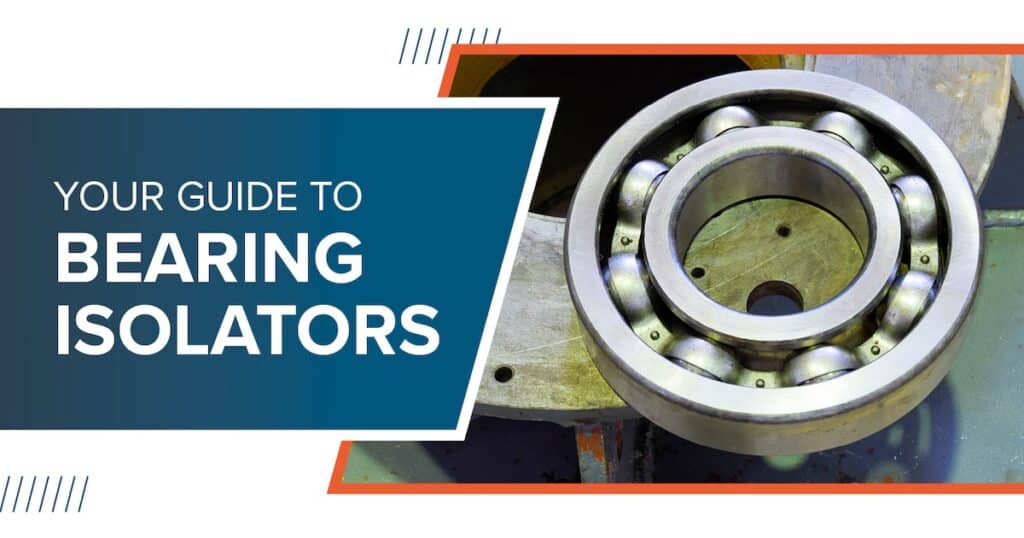Bearings are critical components in all rotating machinery. They provide vital support for rotating shafts in motors, pumps, and other equipment. It is imperative to maintain proper bearing health and performance if you want to avoid pump system failures. A worn or failing bearing will lead to significant problems.
What Is a Bearing Isolator?
One of the key aspects of effective bearing maintenance is lubrication. There are different types of lubricating solutions, including bearing isolators. These sealing devices are designed to protect bearing lubrication from outside contaminants. It is common for process fluid or external elements to breach a bearing, which will greatly compromise its effectiveness. The seal of a bearing isolator also keeps the lubricant contained within the bearing while providing additional separation from any other machine components that could come into contact with the bearings and cause trouble.
Bearing Isolator Options
You can install multiple types of bearing isolators. Each has their advantages and disadvantages. It is important to understand the functionality of the bearing isolator and which one will be best for your pump system based on the specific equipment and application. Here are some of the most popular types of bearing isolators:
Compound Labyrinth Isolator
This is a bearing isolator with a dynamic O-ring. It is one of the most commonly used types of isolators and the basis on which many other isolator types are designed. The dynamic O-ring of a compound labyrinth bearing isolator will expand in certain operating conditions to allow for housing venting through the seals. As the machine shuts down, the O-ring contracts. This dynamic design keeps contaminants out of the bearing by pushing them outside the seal.
Contact-Bearing Isolator
This type of bearing isolator allows for contact with the lip seal within the pump housing. This design is effective for some applications but is not ideal for environments with heavy contaminants because they can wear quickly. They also do not provide protection against contaminants when the equipment is shut down. Contact-bearing isolators are generally not recommended in environments with significant dust, sand, or other debris.
Noncontact-Bearing Isolators
These isolators don’t create contact with the lip seal and generally have more durability than contact-bearing isolators. They utilize designs with specific clearances, direction changes, and gap changes. This diverts contaminants away from the bearing using centrifugal force and simple gravity. However, noncontact-bearing isolators are also known to struggle in static shutdown conditions.
Contamination During Shut Down
Remember that bearing housings typically draw air in from the outside environment when the equipment is shut down. This is done to achieve equilibrium. Noncontact-bearing isolators tend to provide better protection in this phase than contact-bearing isolators. Dynamic compound labyrinths with noncontact vertical designs are often preferred in most operating environments.
Choosing the right bearing isolator will take some research. There are multiple options to consider and other more advanced variables to understand within each basic type of isolator design. You want to select the best solution based on your operating environment, machinery, process fluid, and other factors.
For all of your pump equipment configuration needs—including bearing isolator guidance and distribution—contact DXP Pacific today.

